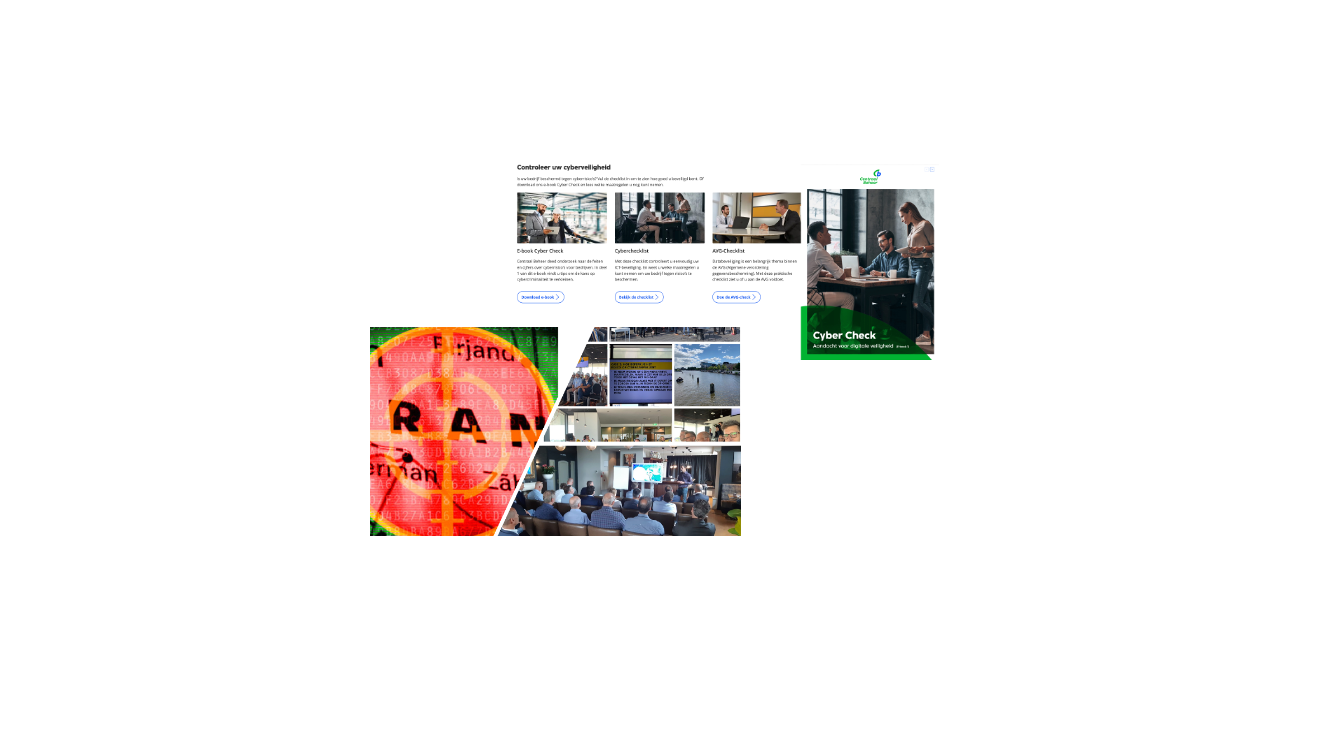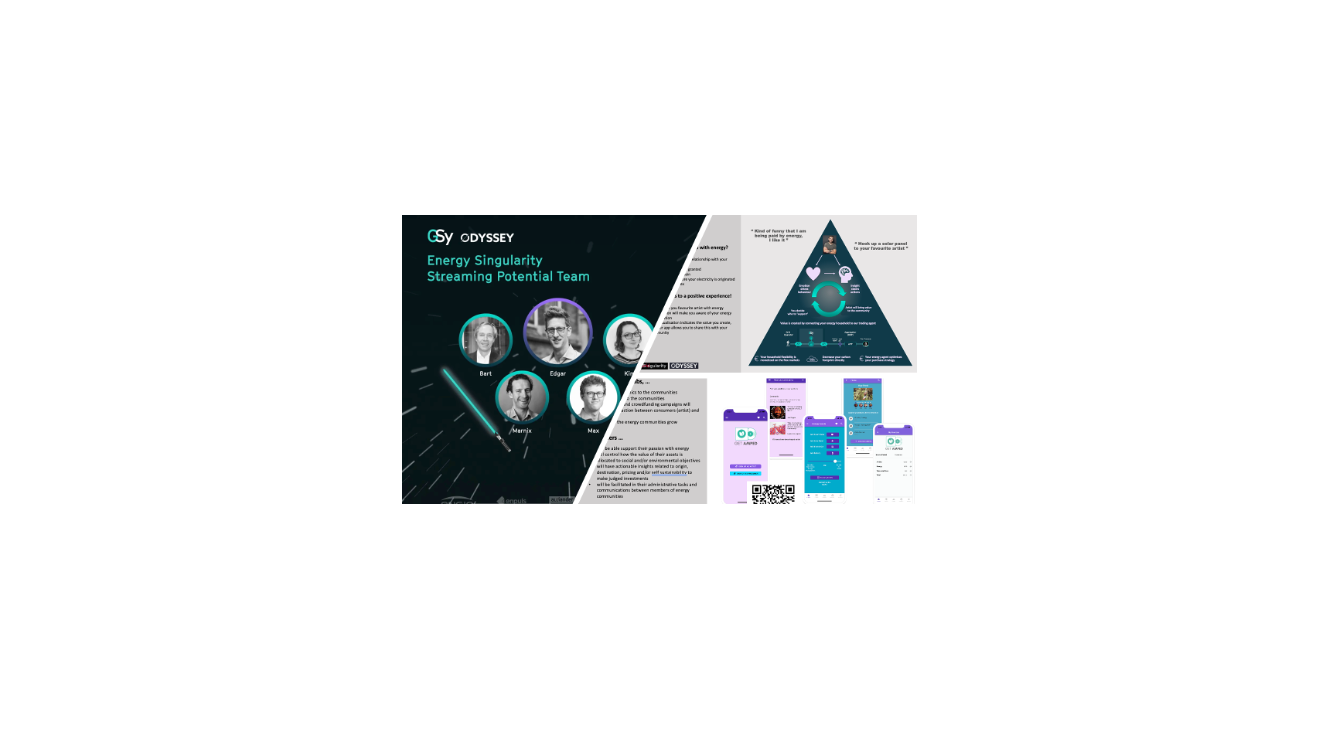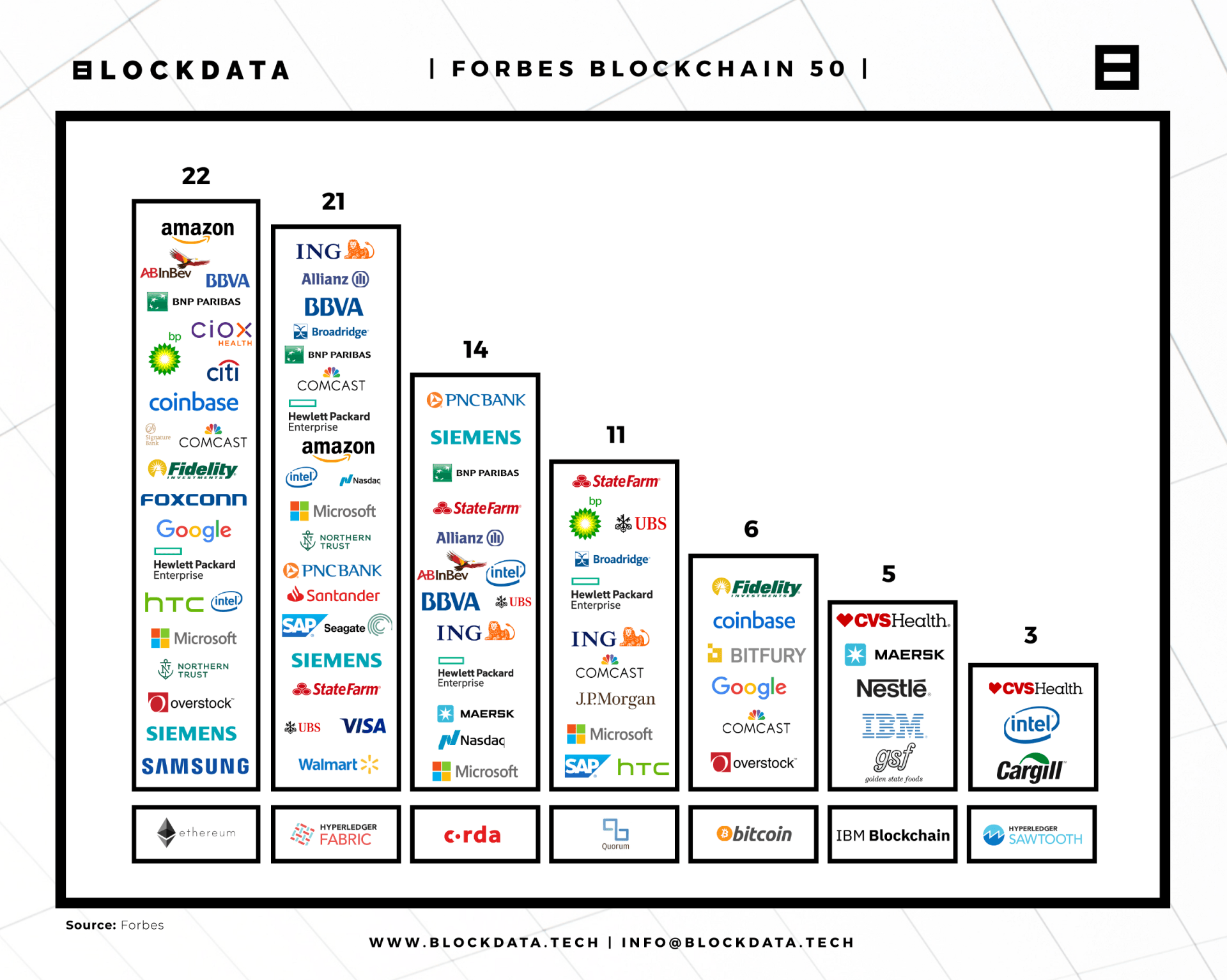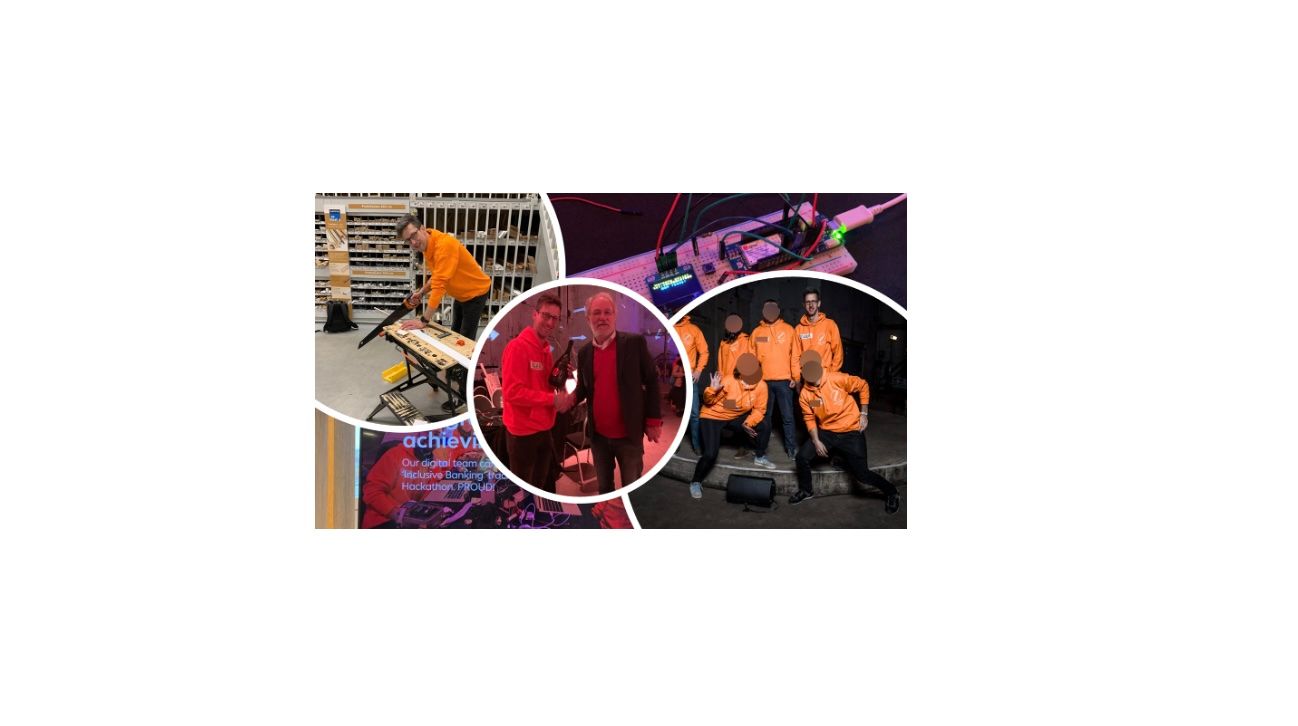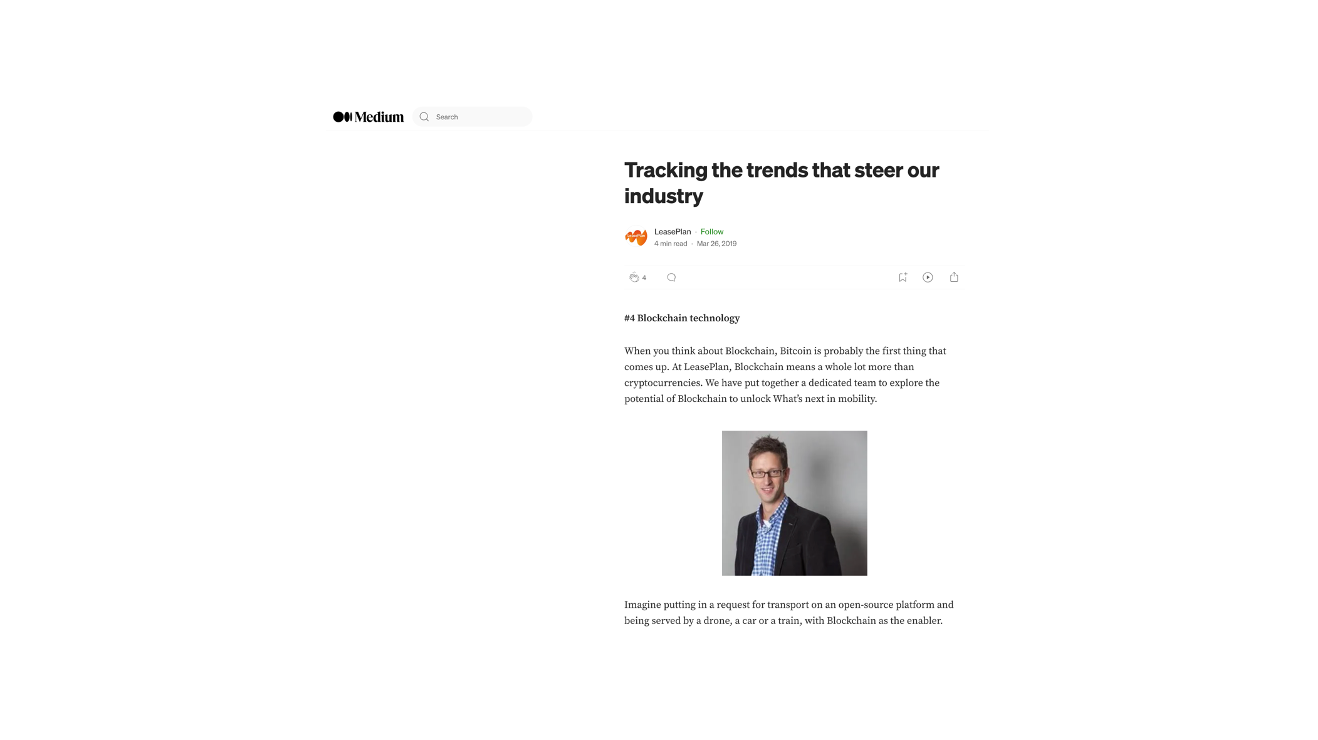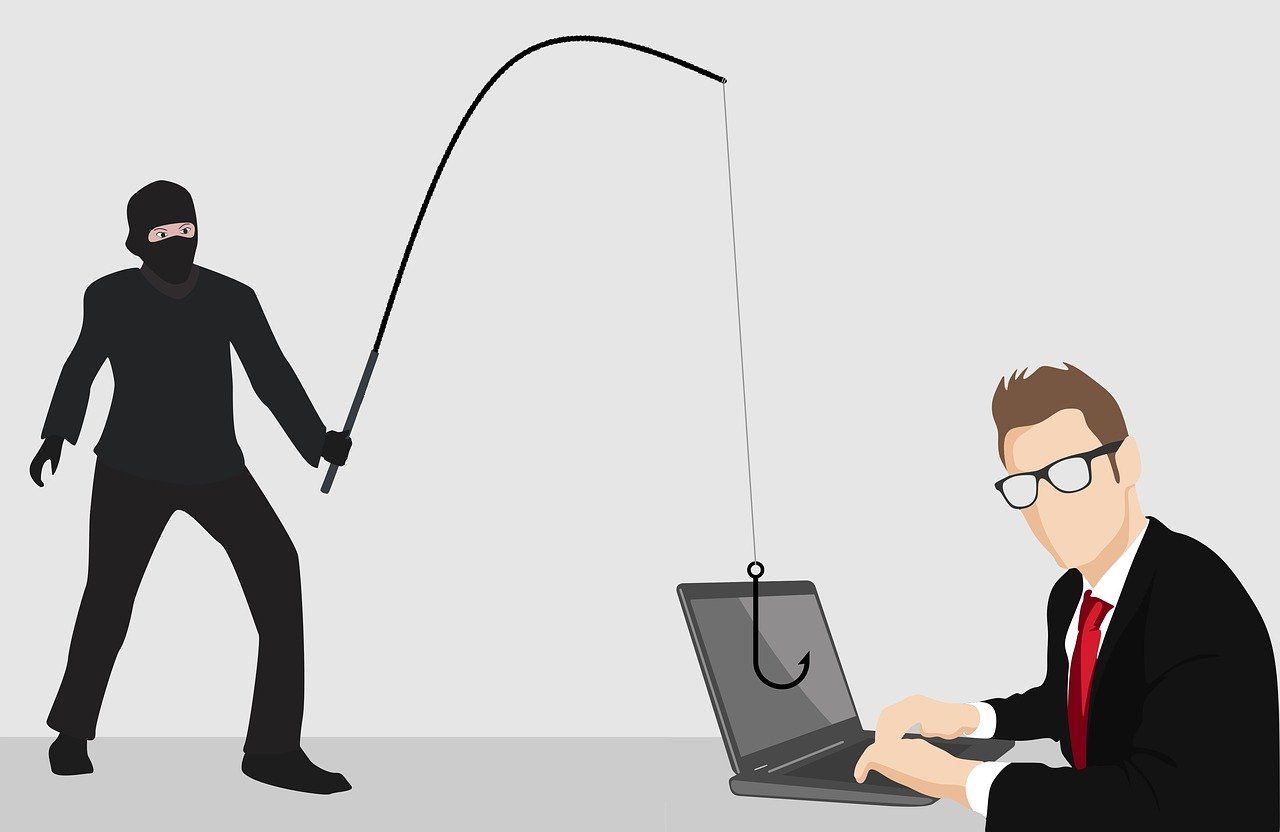Design thinking and entrepreneurship

In February 2018 I took the first steps towards entrepreneurship, not knowing exactly what to expect. Of course it was not just a leap in the deep, I had really thought about it. After working for many years at a corporate, I felt the urge to start my own business. What made me opt for entrepreneurship? For me it is a drive to add value every day, to feel a sense of freedom to choose my own course. it was also time for a change after such a long time with an employer.
And how it feels? Great, the energy I felt from the first day. Now that I am responsible for my own income, I feel a different energy. I experience the freedom that comes with entrepreneurship as fantastic, but you also come across yourself. I have to be honest., it’s not always easy. I compare my first months with the principles of design thinking a method in which you design a service or product in an innovative way.
Design thinking is also extremely popular in the world of start-ups. And in this case, I am the start-up myself, who set up his business by trial and error. It is a technique where you learn what you want to make ... just by doing it. A solution- and people-oriented approach. That is exactly as I now experience. Looking for what I am good at, how do I position myself, what services do I offer. Solution-oriented I am networking with a clear pitch and I meet many great people. Entrepreneurs who give me honest feedback with their experience, which I can immediately apply in my positioning and defining the next steps.
With my company Dizzrupt I focus on business development around IoT, Cybersecurity and blockchain applications. I am very enthousiastic about building companies or growing business in new areas. And about cybersecurity and power of IoT and blockchain … why not combine the two. I focus on organizations that work or want to start working with IoT and cybersecurity or blockchain in an innovative way. For example I help blockchain start-ups assesing their security and privacy policies, which is a great thing to do.
Life is a journey and I learn a lot from each conversation and the feedback I receive. The next thing is to find more people in this area to speak to and be inspired. Are you up for a cup of coffee and discuss how to combine security and privacy with the ambition to innovate your services? I would love to meet or catch up.
#justdoit #design thinking #business development #dizzrupt #IoT #cybersecurity #blockchain


